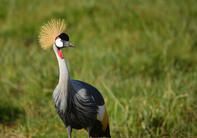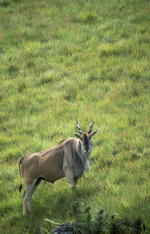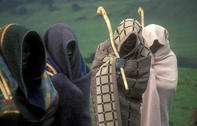Wavecrest Mangroves
The mangrove forest found near the Wavecrest Hotel and Spa on the Wild Coast is the southernmost in Africa, located at the very limit of growth of this tropical vegetation type.

These forests are much more prolific up the East African coast, where the amazingly tough wood is used for building dhows, harbour piers and furniture. At wavecrest, these mangroves contribute to one of the biologically diverse bits of South Africa (courtesy of the warm Agulhas Current).
Apart from the mangroves, there are dune and subtropical-lowland forests, grasslands and a fertile estuary with the beach and ocean beyond. Ihem Island, in the estuary, is one of the last breeding places for grey crowned crane, 'ihem' being the bird's Xhosa name, from mournful call.
Dwesa Nature Reserve

Nongqawuse's Pool

Even more interesting than the diversity of fauna and flora on the Wild Coast, are the people who live here. Although the inhabitants are generally grouped together as the amaXhosa, they are from distinct groupings such as the Thembu, Mpondo, Mpondomise, Bomvana and Mfengu, each with their own customs, traditions and beliefs.
Oliver Reginald Tambo, former African National Congress (ANC) president is a son of this soil, as is our first democratic president Nelson Rolihlahla Mandela, arguably most famous resident. Nongqawuse's pool near Qolora Mouth in the Eastern Cape has a tragic history.
It was in here, back in 1856, that the young prophetess saw the faces of her ancestors; what they told her led to thousands of the Xhosa people killing their cattle, driving their tribe further into famine.
By David Bristow